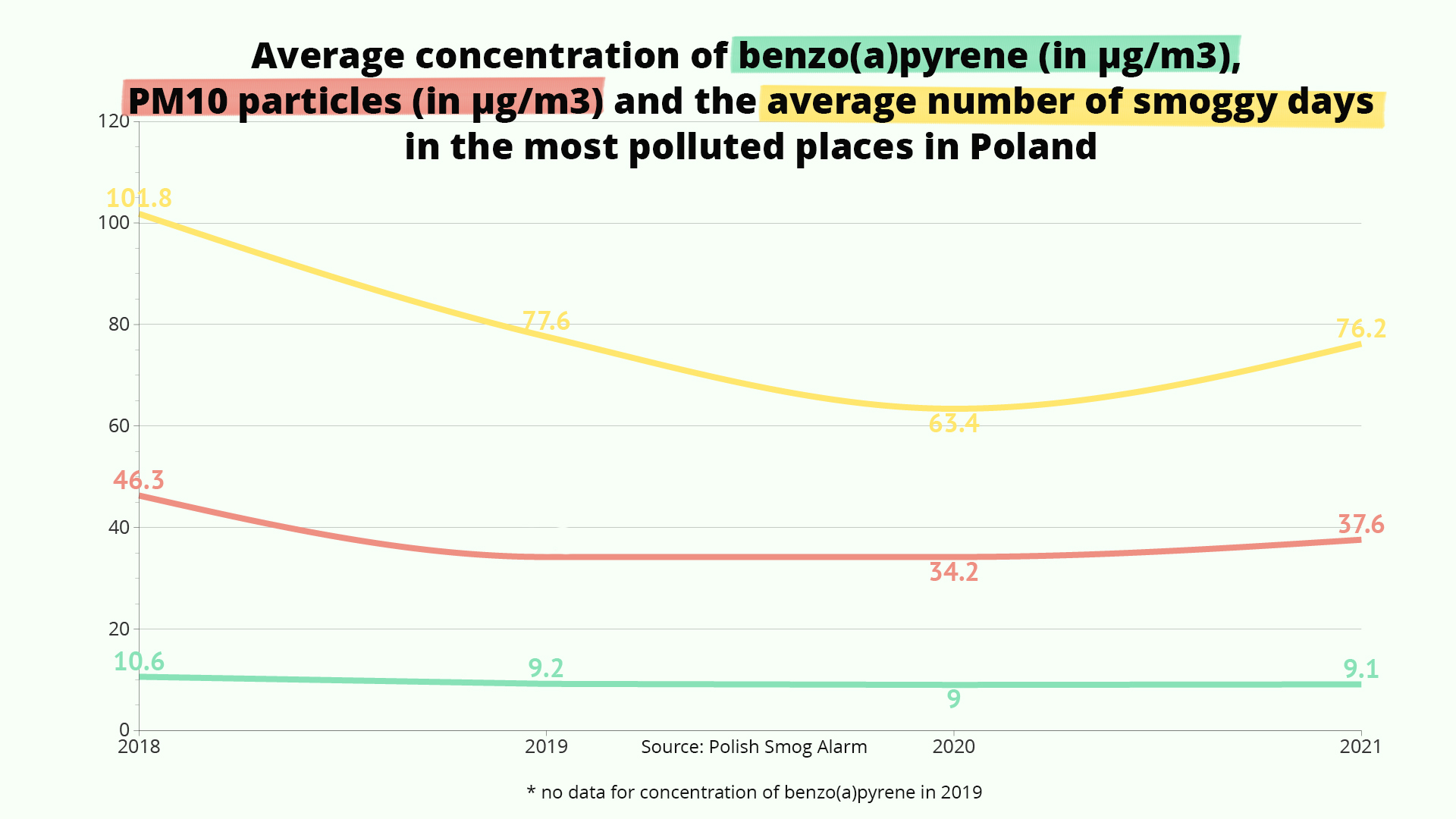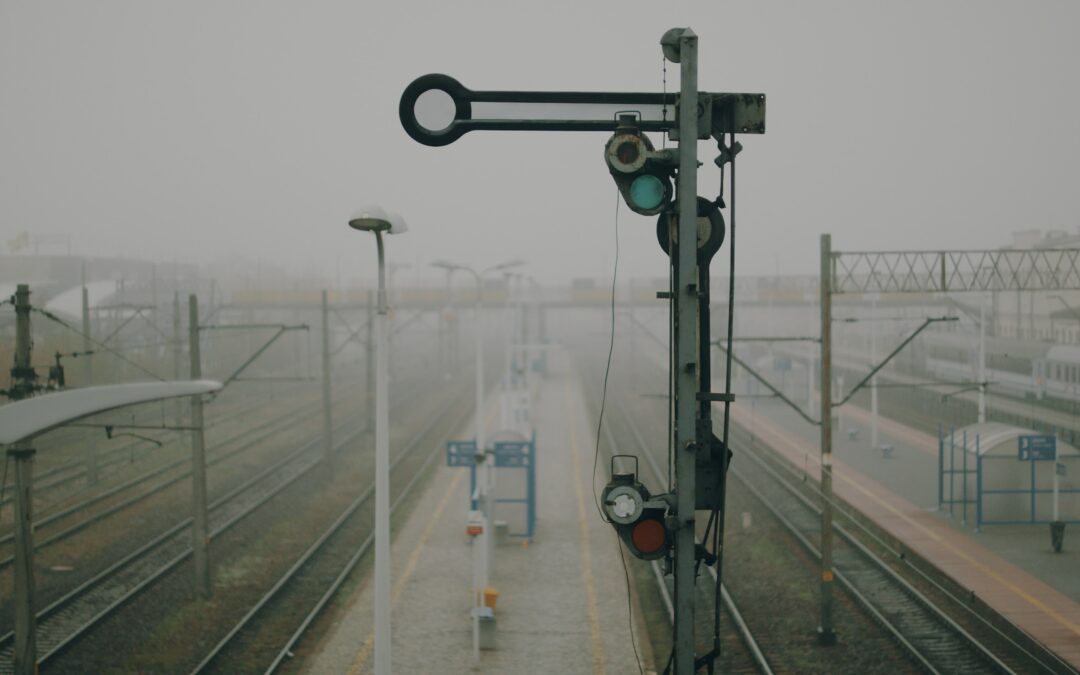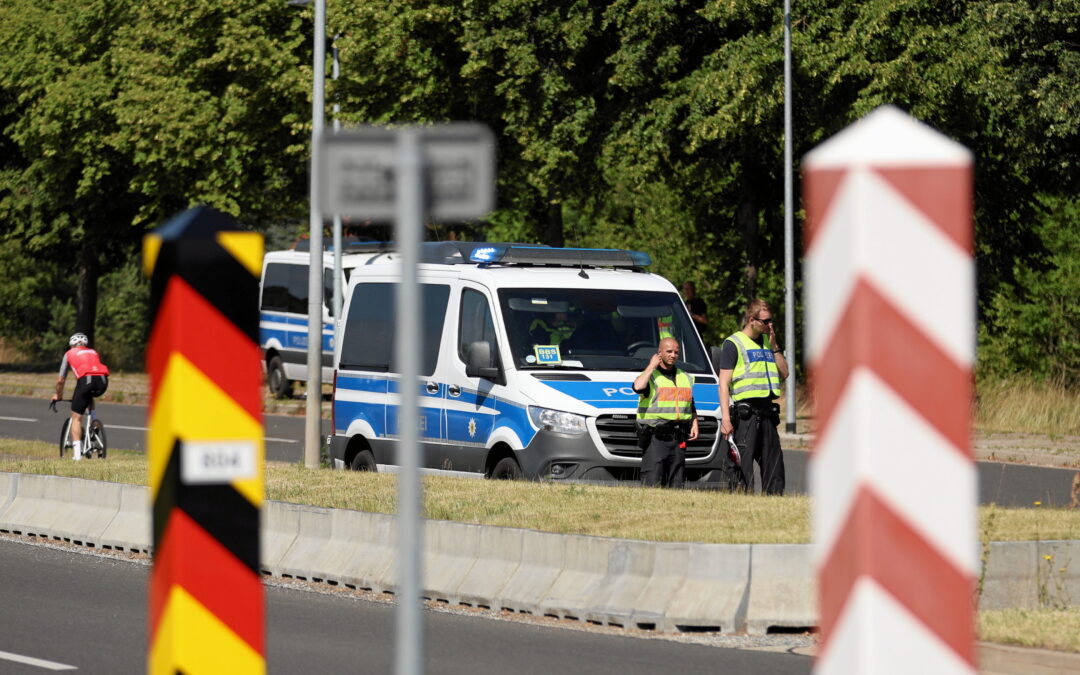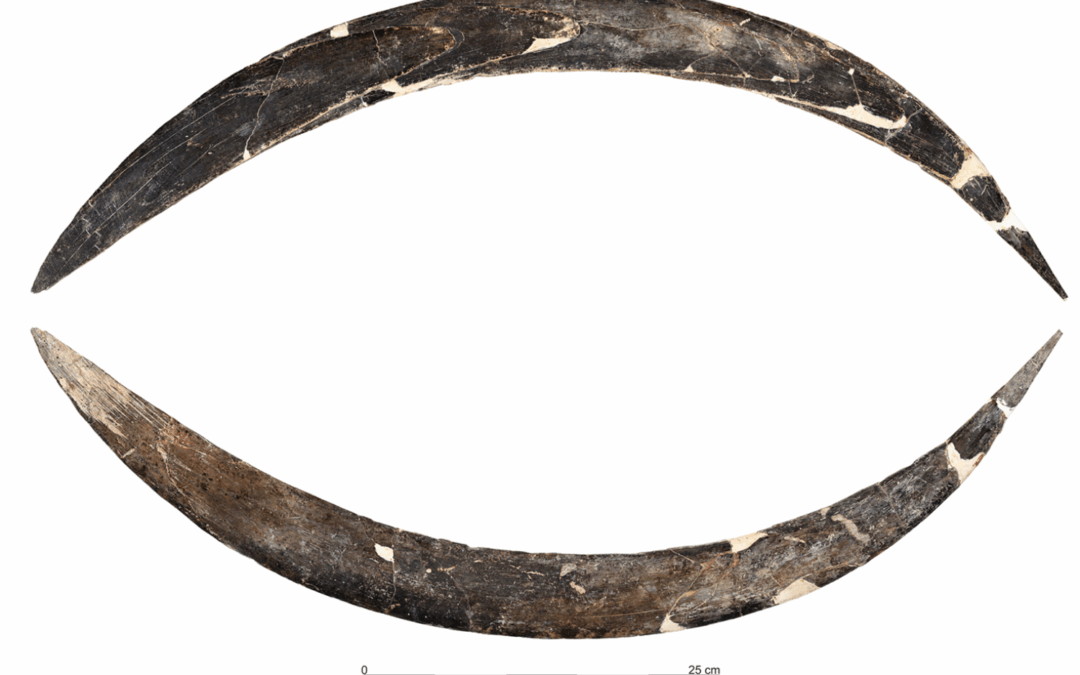The southern town of Nowa Ruda has Poland’s most polluted air in Poland, according to the latest version of an annual ranking published by Polish Smog Alarm, an NGO.
With a population of 22,000, Nowa Ruda is among the small and medium-sized towns in the south of the country that dominate the ranking. Among other poor performers are Nowy Targ (population: 33,000) and Sucha Beskidzka (10,000), and even villages such as Godów (2,000)
There are, however, no big cities on the list. This is because in Poland – which has some of Europe’s worst air – the primary cause of the pollution is the burning of coal for home heating, which is more common outside cities, rather than car exhausts or industry.

The places with the highest number of days in 2021 during which smog levels exceeded maximum safe levels (source: Polish Smog Alarm)
Smog Alarm’s ranking takes account of three categories: annual average concentration of benzo(a)pyrene and small particulates known as PM10s – both of which have adverse health effects – and the number of days in the year during which levels of smog exceeded official safety limits.
Nowa Ruda had the worst results in all three categories, based on the data for 2021 from the Chief Inspectorate of Environmental Protection.
“In all of the municipalities in the ranking, the air was unbreathable for two to three months of the year,” wrote the NGO. “As for the annual average concentrations of the carcinogenic benzo[a]pyrene, they remained at 700-1500% of the permissible standard in all municipalities.”
Poland has been rated as the EU's least green country in a new ranking.
The EU-funded study takes into account the state of the environment, its effects on quality of life, and efforts to address climate issues https://t.co/hKyeucSzBl
— Notes from Poland 🇵🇱 (@notesfrompoland) November 5, 2022
Moreover, the standards for permissible concentrations in Poland are higher than those recommended by the World Health Organisation. For PM2.5 and PM10 particles, the daily limit values in Poland are 20µg/m3 and 50µg/m3 respectively, while the WHO sets its limits at 15µg/m3 and 45µg/m3.
Aggregated data from the annual smog ranking since 2018, the first year it was available, shows that the average pollution levels in all three categories had been falling in the places included in the list, bottoming out in 2020, when Poland went into lockdown for long periods of time.
However, the latest data, for 2021, show that the figures have crept up again, though do not exceed pre-pandemic levels.

One of the places that has succeeded in climbing out of the ranking is Kraków, Poland’s second largest city. In 2018, it was among the places with the most polluted air.
However, the following year it became the first city in Poland to ban the burning of coal and wood. Since then, its air quality has steadily improved, though the city still often sees very smoggy days. Warsaw also recently announced a ban on coal burning.
Around one third of homes in Poland use coal for heating. According to a 2022 report by the National Centre for Emissions Management (KOBiZE), households were responsible for 78% of PM2.5 emissions and 68% of dioxin and furan emissions.
There are fears that, though this autumn has been unusually warm, the coming winter could see even worse pollution than usual if, amid the current energy crisis, people burn cheaper coal – or even illegal materials such as household waste – for heating.
Earlier this year, the Polish government temporarily suspended quality standards for coal purchased for home heating. It has also introduced special one-off allowances for households to buy heating fuel, with the most generous amounts being given to those that burn coal.
“The air quality may get even worse this year, as the sale of brown coal in the region has started and the penalisation of burning it has been abolished,” said Krzysztof Smolnicki of the branch of Smog Alarm that operates in Lower Silesia, a region of southwest Poland.
Main photo credit: Michał Franczak / Unsplash

Alicja Ptak is senior editor at Notes from Poland and a multimedia journalist. She previously worked for Reuters.




















